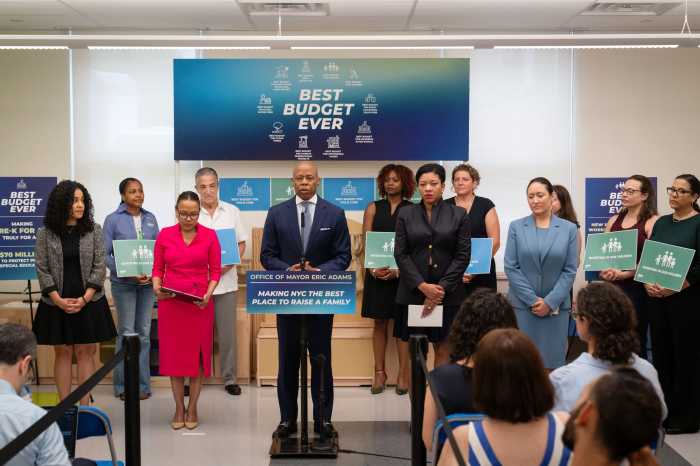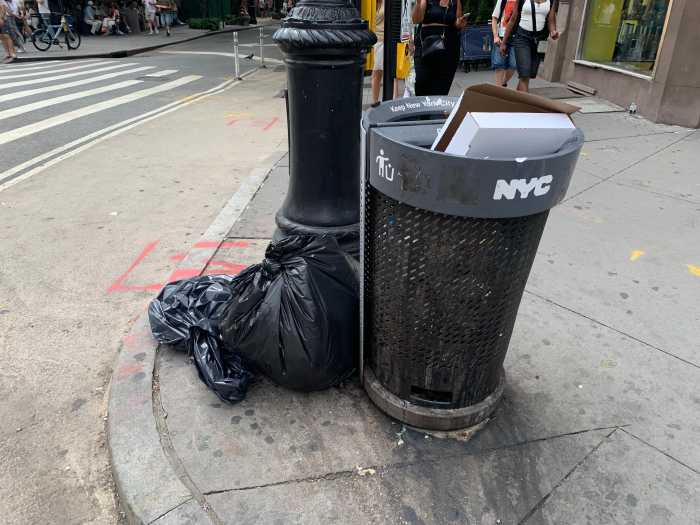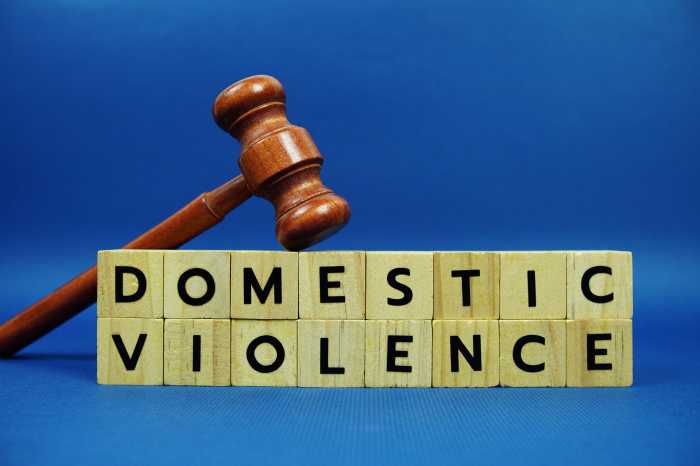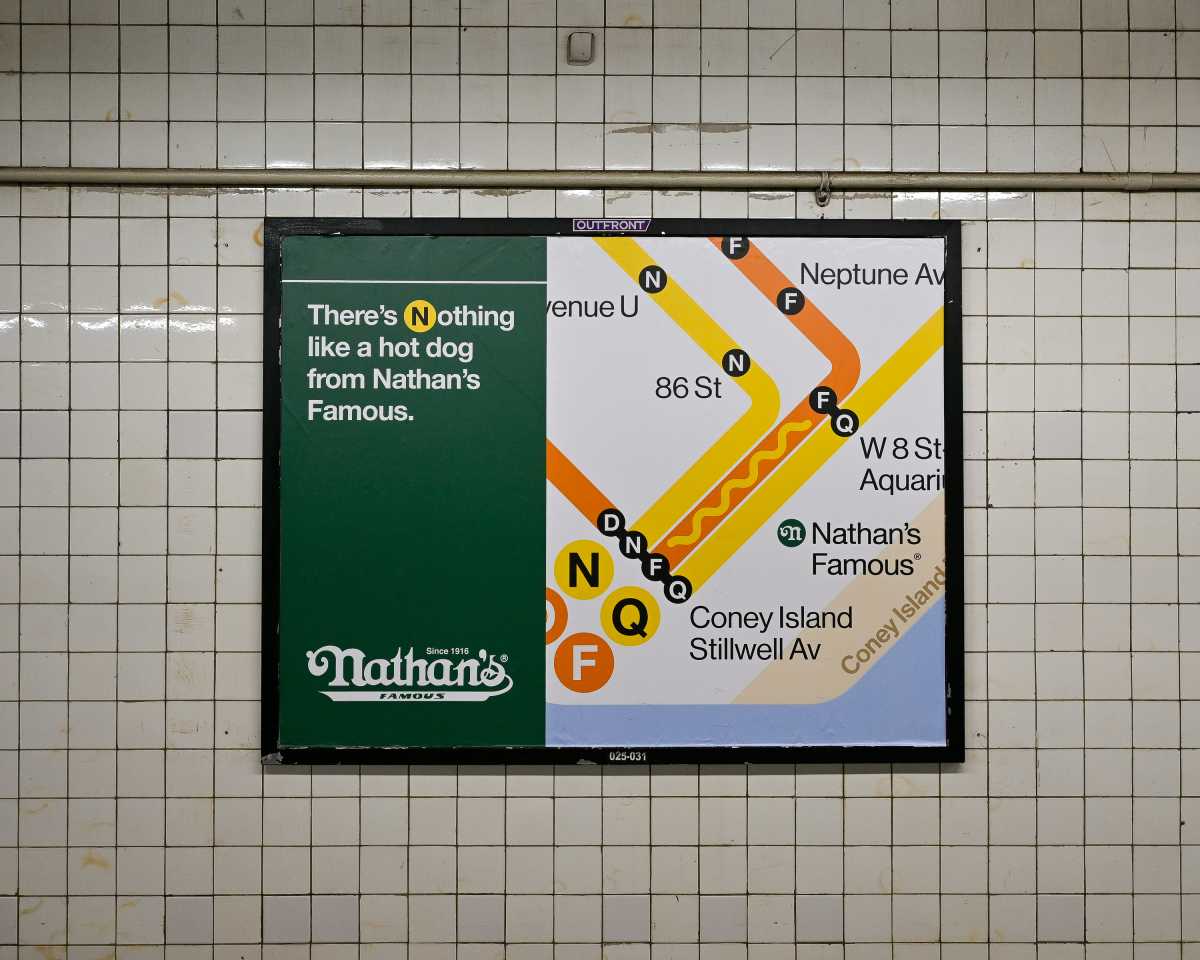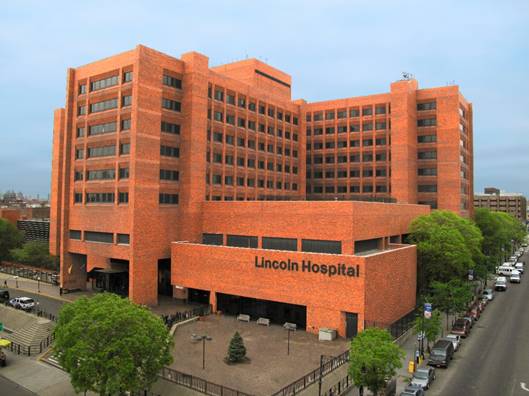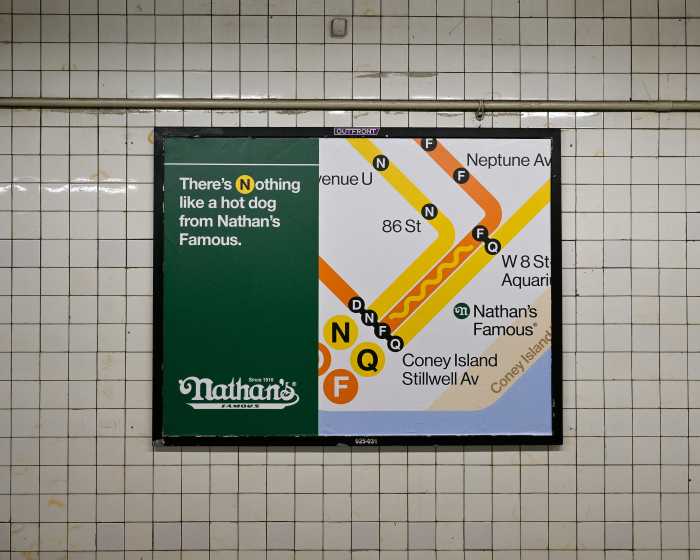BY ANDREW BERMAN | The City Council has just adopted its decennial redistricting plan. Unfortunately, Chelsea residents were seriously shortchanged, and as a result, their voting power and influence over the Council may be significantly diluted over the next ten years.
This could have real consequences. The City Council is the main way local communities have a voice and vote in city government. The Council adopts budgets, enacts laws and has final say over virtually all major land-use issues in our neighborhoods.
The Council has 51 members, and following each Census, new lines are drawn determining the boundaries of each district that gets to elect one representative. How legislative district lines are drawn can have a tremendous impact on who is elected and whose interests are represented.
For instance, manipulation of the redistricting process is largely credited with allowing Republicans to maintain a comfortable majority in Congress in the 2012 election, even though a million fewer votes were cast for GOP candidates than Democrats.
In the New York State Senate, Republicans have notoriously manipulated the redistricting process over the years. They have consistently “packed” Democratic voters into districts with the largest number of residents legally possible, thus minimizing the number of representatives they can elect, and placed Republican voters into districts with the fewest number of legally allowable residents, maximizing the number of representatives they can elect.
While there may not have been partisan manipulation of the City Council redistricting process, similar methods granted greater weight and representation to residents of some parts of the city than others — Chelsea got the short end of the stick.
Under the redistricting, the new Third Council District, containing all of Chelsea, Hell’s Kitchen, the West Village, as well as some surrounding areas, will have a population of 168,556 — the most of any of the 51 Council districts in the city.
By contrast, under the same plan, the new 51st Council District on the South Shore of Staten Island would have a mere 153,553 residents; the new 11th Council District in the northwest Bronx would have just 153,044 residents; and the new 23rd Council District in northeastern Queens would be the least populous in the entire city, with just 152,767 residents, or about 10 percent fewer than the Third Council District.
And yet each of these districts will get one seat, and therefore one vote, on the City Council. So while 152,767 people gets you one seat on the City Council in northeastern Queens, it only gets you about nine-tenths of a seat on the West Side of Manhattan, requiring an additional 16,000 people to qualify for a City Council representative. Thus, each Chelsea resident’s vote for City Council has about 10 percent less impact, and each Chelsea resident gets 10 percent less representation in the City Council, than does their counterpart in northeastern Queens, southern Staten Island, or the northwest Bronx.
How is this possible, given the Constitution’s guarantee of one person-one vote?
The City Charter does allow a maximum deviation of 10 percent between the most and least populous of Council districts. The Charter also says that district boundaries should be compact, keep “communities of interest” intact, and where possible avoid crossing borough lines. When achieving these goals is difficult or impossible with 51 districts of the exact same population, some wiggle room is allowed.
However, none of these goals appear to be served by “packing” the Third Council District with so many people, while drawing the boundaries of some other districts, such as the 23rd and the 51st, with so few.
But perhaps even more disconcerting is the effect this plan will have on the voting power of Chelsea residents over the next decade, until the next redistricting.
Since the last census, Chelsea and the rest of the Third Council District collectively had the highest population growth rates in the city, due largely to enormous amounts of new residential construction.
This substantially higher growth rate (about 15 percent, as compared to about two percent for the rest of the city) can reasonably be expected to continue until the next redistricting. Why? Ironically, because of actions taken by the very same City Council that approved this redistricting plan — rezonings of the Hudson Rail Yards, West Chelsea, Hell’s Kitchen, Hudson Square, and the former St. Vincent’s Hospital. All are within the Third Council District, and will result in the construction of thousands and thousands of new apartments.
This means that before the next redistricting comes around, the Third Council District may well have 20 or even 30 percent more residents than other Council districts in the city, and yet will still have the same one vote. Its residents would then have 20 to 30 percent less voting power, or 20 to 30 percent less representation in the City Council, than New Yorkers in other parts of the city.
Of course redistricting cannot and should not be based on predictions of population change; if it were, you can only imagine what kind of additional manipulation might take place. However, this very reasonable expectation that the Third Council District will continue to grow at a much faster rate than the rest of the city provides all the more reason why it should not also be the most packed of the city’s 51 districts. It’s particularly unfair to disadvantage one area of the city so markedly in terms of voting power when it’s quite likely that imbalance will only grow dramatically over the next ten years — more so than in any other part of the city.
Now the only thing standing between this plan and implementation is Department of Justice review under Section 5 of the Voting Rights Act. But given that provision’s very narrow focus on race and language group discrimination, it may not provide any relief. If so, for the next decade, Chelsea residents will unfortunately face a thumb on the scale working against them in the voting booth and at the City Council.




